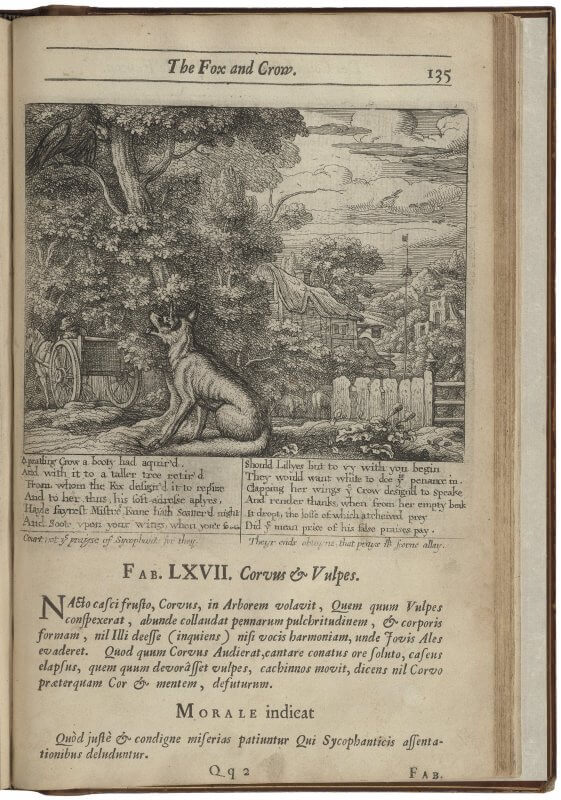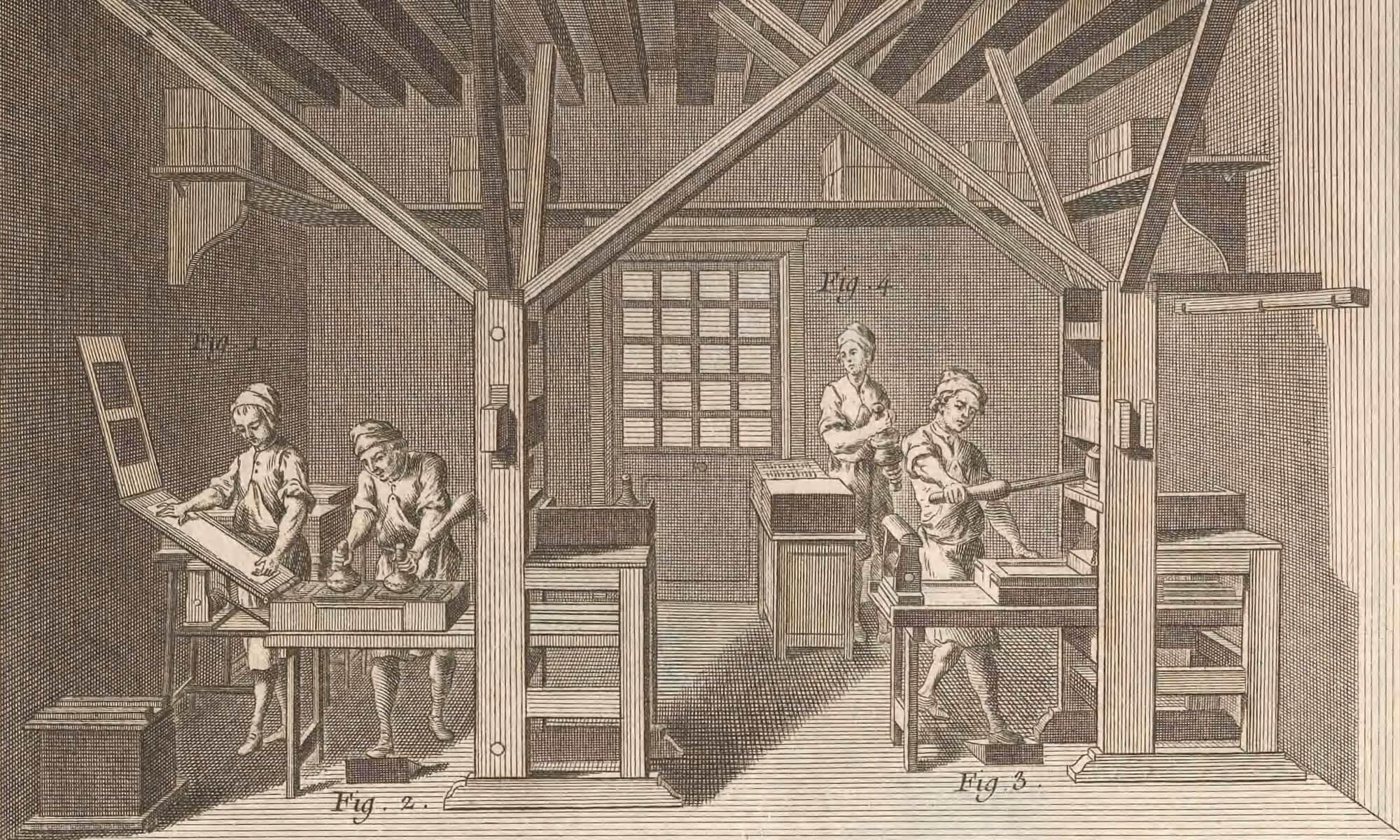Dowland, Second booke of songs, 1600 (A2r)
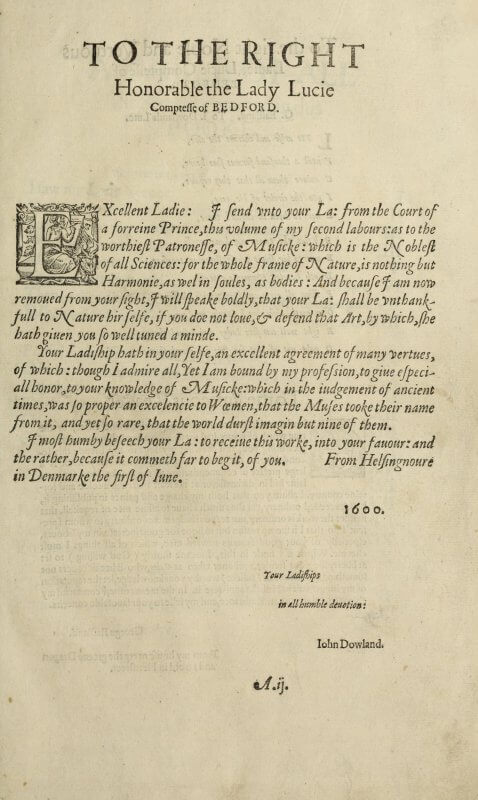
Dowland, Songes, 1597 (π2r)
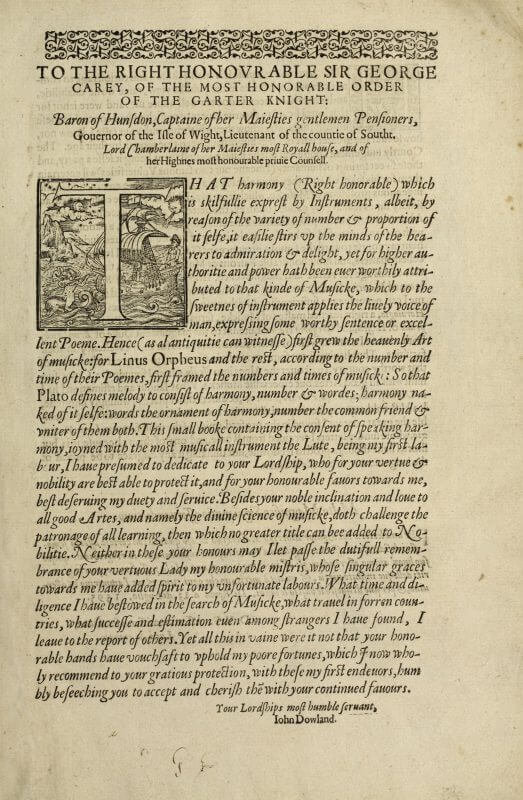
Febrés, Arte de lengua de Chile, 1765 (2A4r)
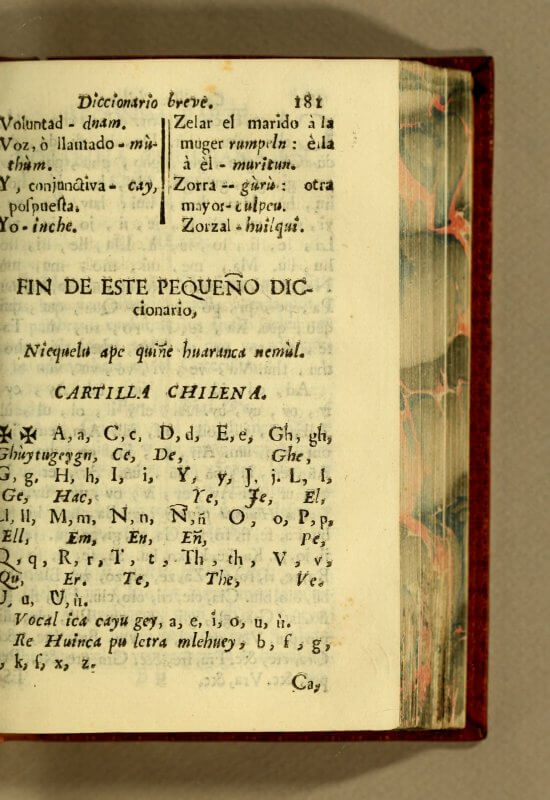
Gianicolo, Type specimen, 1529 (recto)
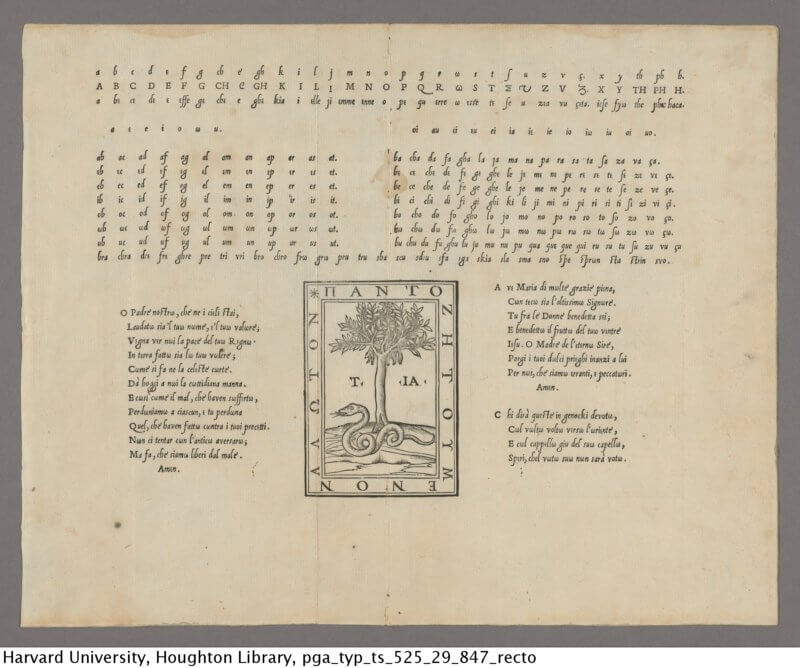
Gučetić, Dialogo della bellezza, 1581 (a1r)
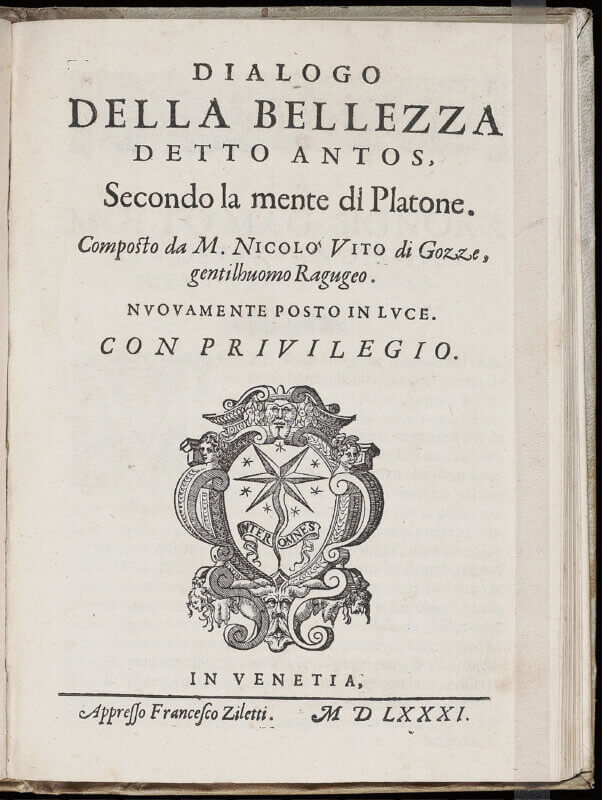
Guyot, Type specimen, 1565
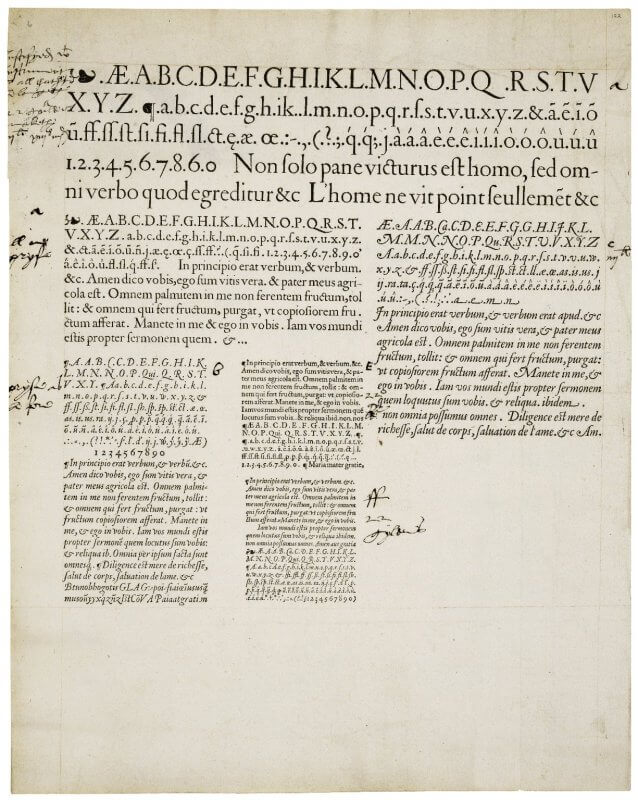
Kats, Ma’aseh Toviyah, 1708 (π1r)
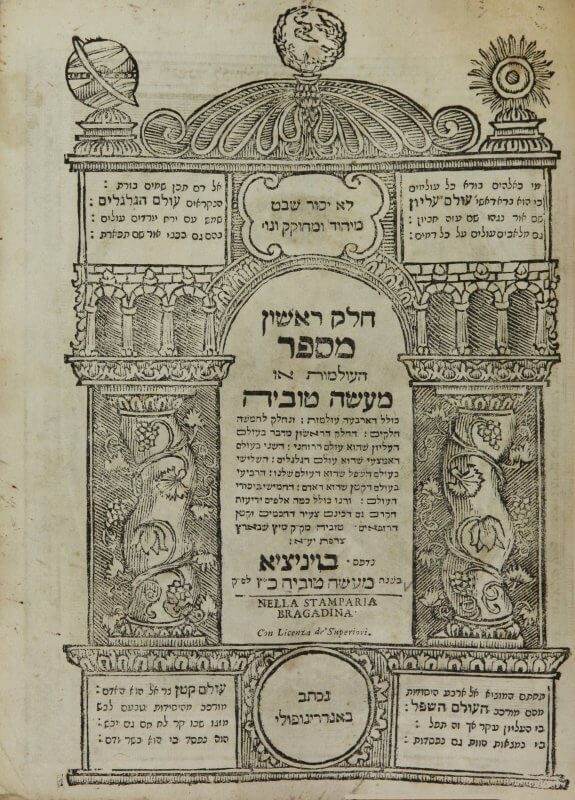
Moxon, Mechanick exercises, 1683 (S4v)
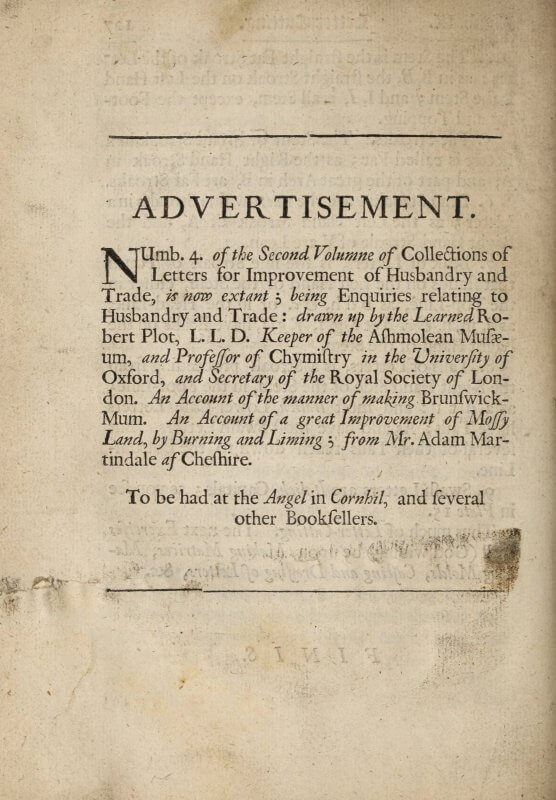
Ogilby, Aesop, 1668 (pg. 48)
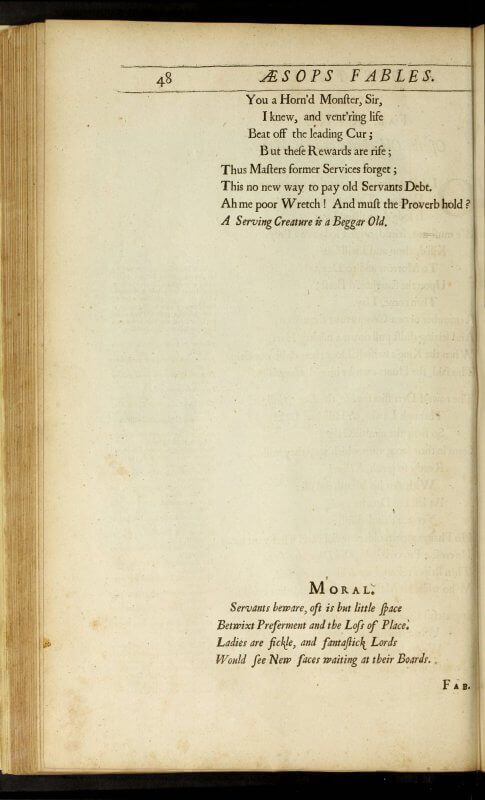
Philipott, Aesop, 1666 (sig. 2Q2r)
